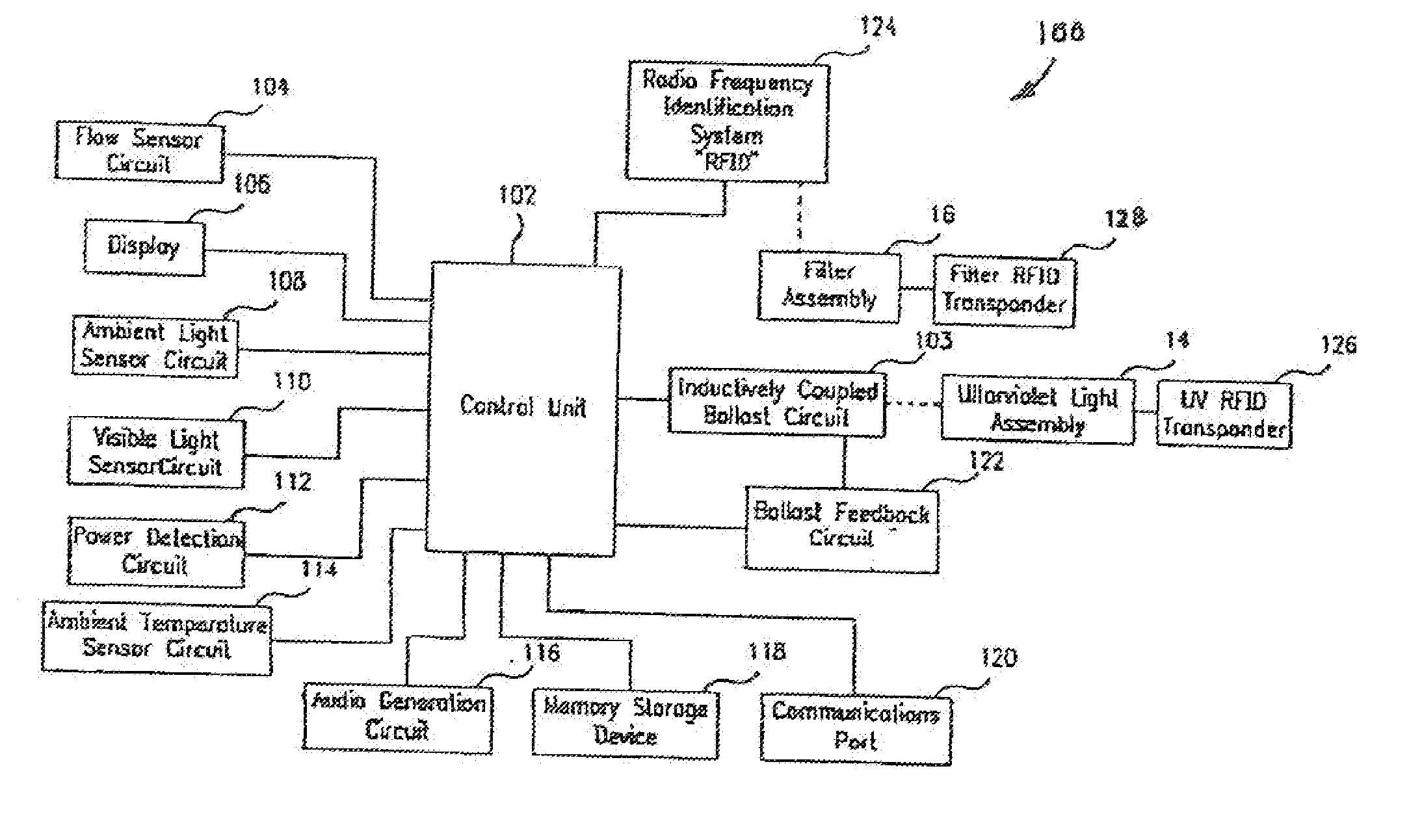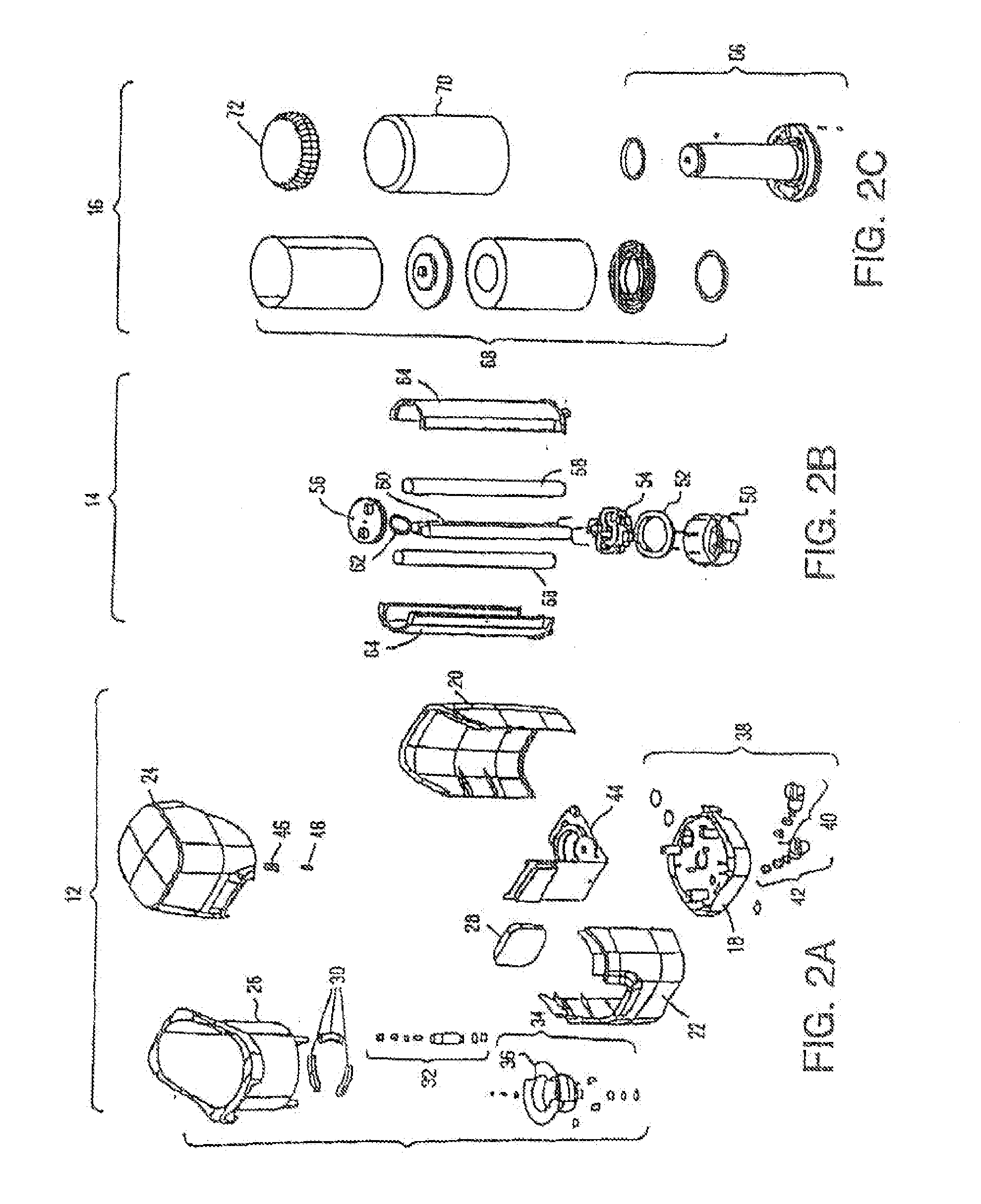Inductively Coupled Ballast Circuit
a ballast circuit and inductive coupling technology, applied in the field of ballasts, can solve the problems of complex replacement, difficult installation and removal of load from the ballast, and a large number of direct electrical connections, and achieve the effect of maximizing power efficiency
- Summary
- Abstract
- Description
- Claims
- Application Information
AI Technical Summary
Benefits of technology
Problems solved by technology
Method used
Image
Examples
Embodiment Construction
[0037] The present invention is directed to an inductively coupled ballast circuit that is capable of providing power to a wide variety of electrically powered components in numerous applications. For purposes of disclosure, embodiments of the ballast circuit will be described in connection with a water treatment system, and more specifically in connection with the powering of an ultraviolet lamp in a water treatment system. Although described in connection with this particular application, the present invention is well-suited for use in providing power to other types of lamps, such as incandescent, fluorescent and halogen lamps used in numerous lighting applications, such as indoor and outdoor light fixtures, desk lamps, outdoor signage, decorative lighting, automotive lighting, underwater lighting, intrinsically safe lighting, and landscape lighting, to name only a few lighting configurations and applications. The present invention is also well suited for providing power to non-li...
PUM
 Login to View More
Login to View More Abstract
Description
Claims
Application Information
 Login to View More
Login to View More - R&D
- Intellectual Property
- Life Sciences
- Materials
- Tech Scout
- Unparalleled Data Quality
- Higher Quality Content
- 60% Fewer Hallucinations
Browse by: Latest US Patents, China's latest patents, Technical Efficacy Thesaurus, Application Domain, Technology Topic, Popular Technical Reports.
© 2025 PatSnap. All rights reserved.Legal|Privacy policy|Modern Slavery Act Transparency Statement|Sitemap|About US| Contact US: help@patsnap.com



